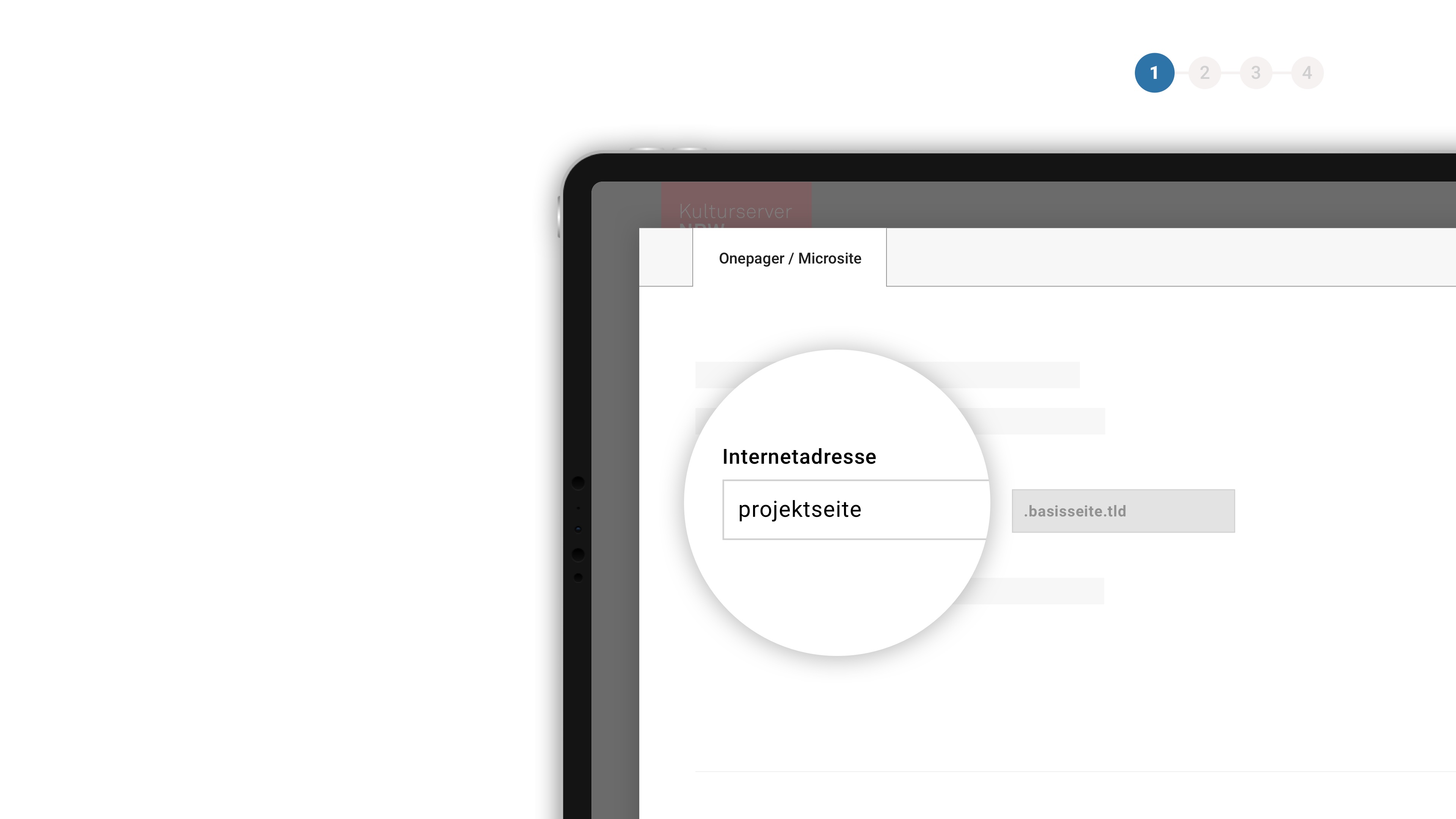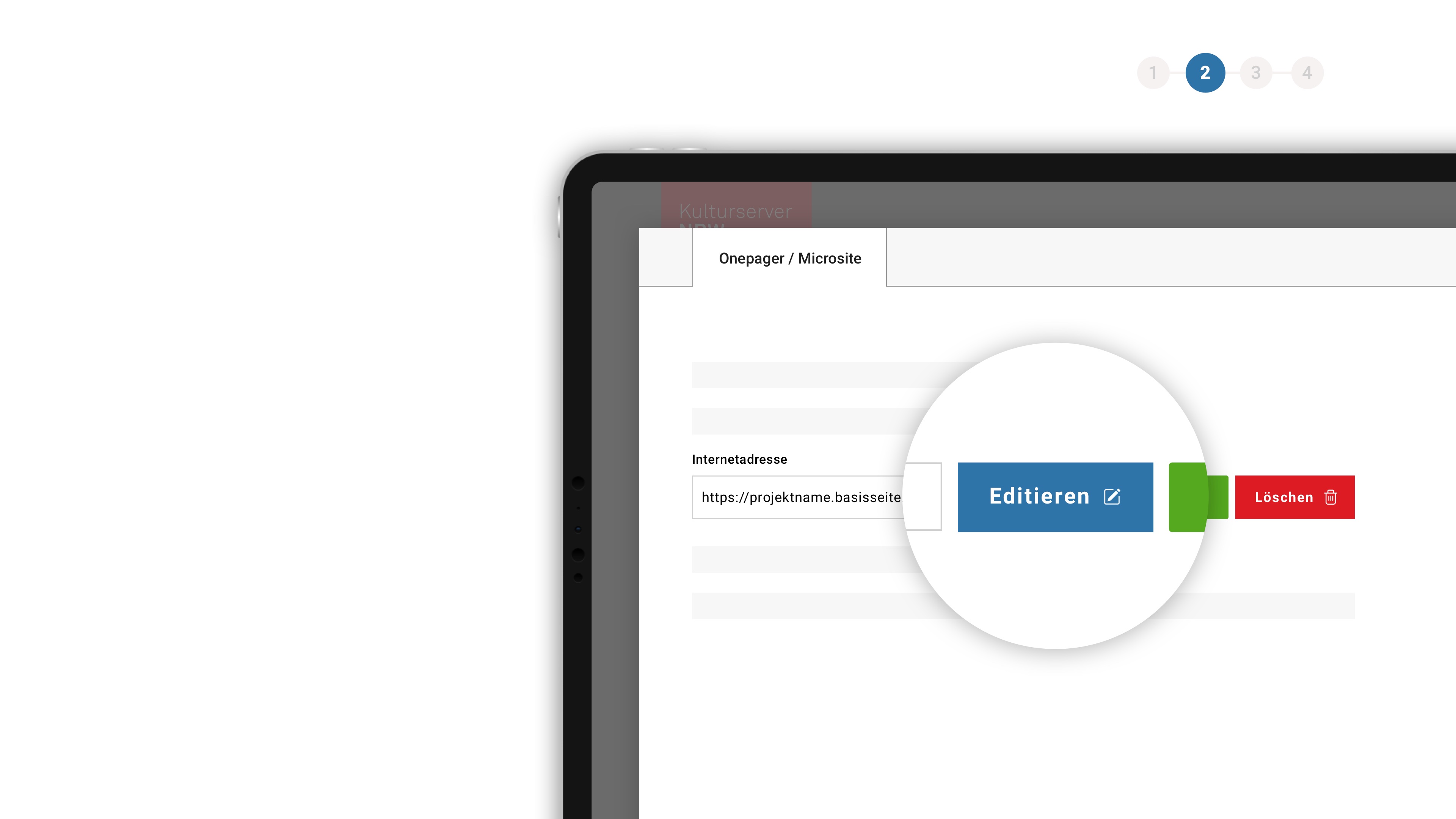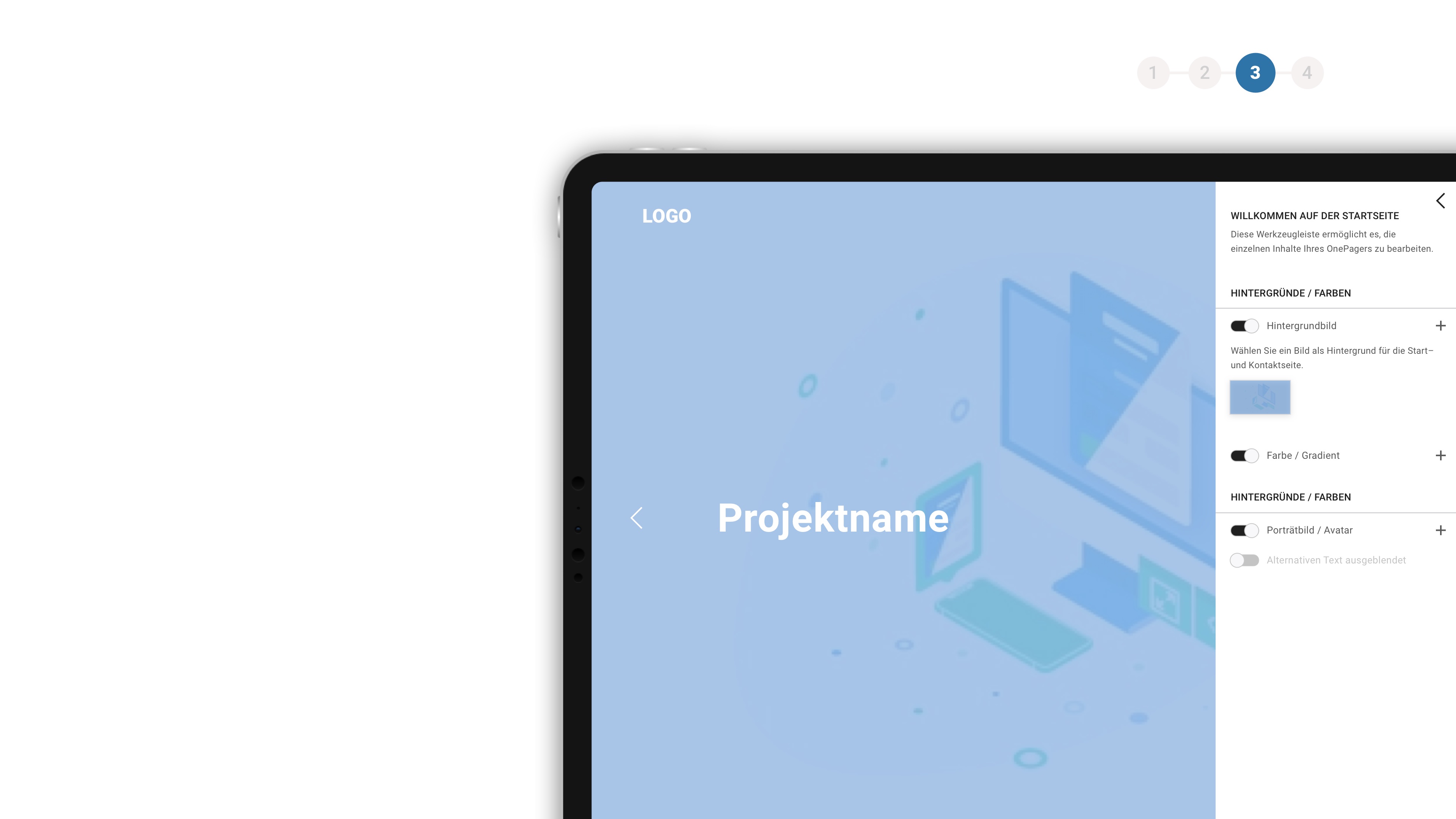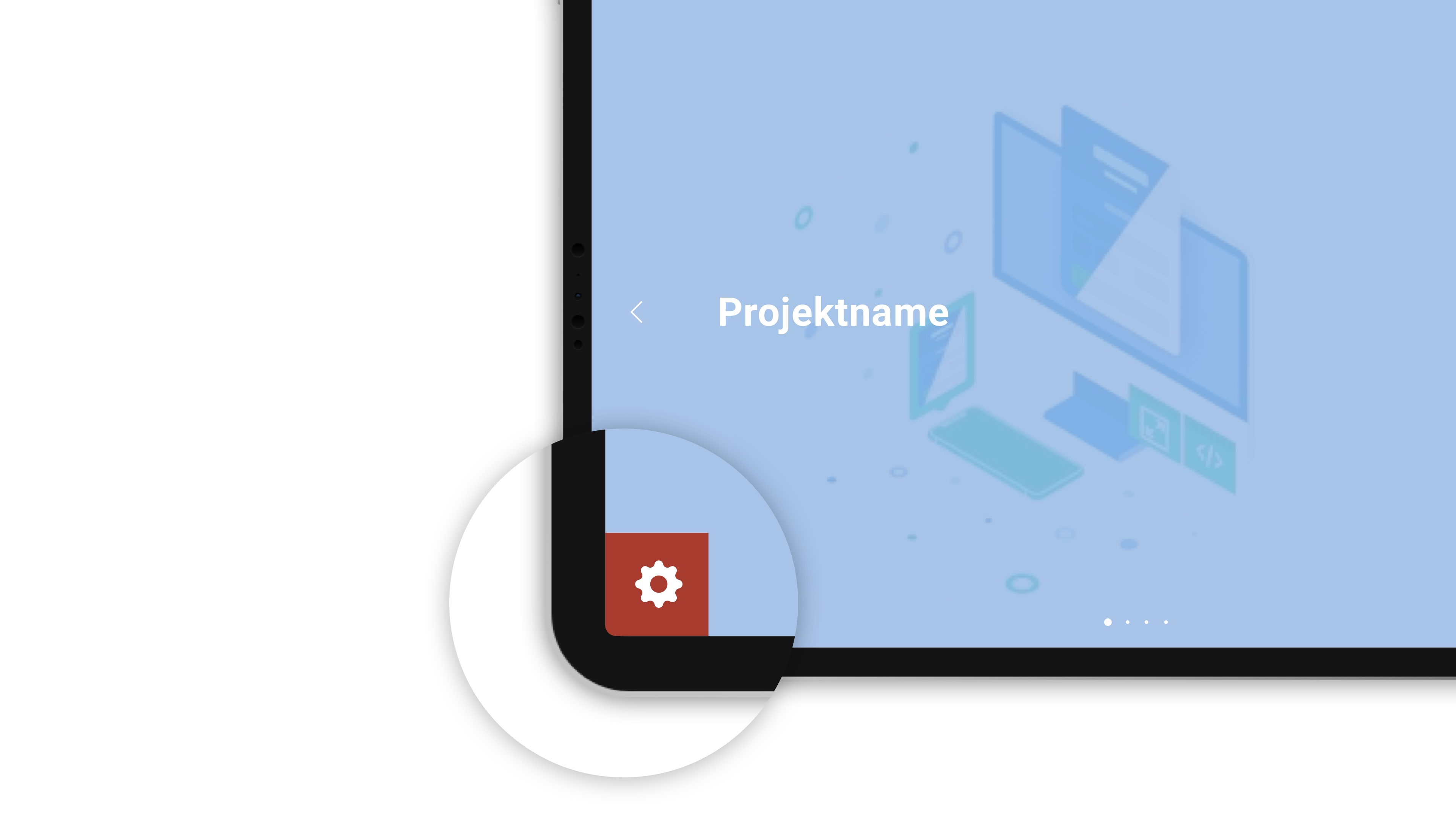
TANZRESIDENZEN 2023/2024
Durch Residenzen bietet die Tanzsparte des Theater Freiburg ausgewählten Choreograf*innen die Möglichkeit, völlig ergebnissoffen an ihren neuen Kreationen zu arbeiten. Mit den vom Theater zur Verfügung gestellten Räumlichkeiten und Ressourcen wird den Künstler*innen ein Umfeld geboten, in dem sie ihre Rechercheprozesse vertiefen und sich uneingeschränkt ihrem Arbeitsvorhaben widmen können. Die Resident*innen werden dazu eingeladen, ihren Kreationsprozess in der Reihe DANCE INSIGHTS in einem Präsentationsformat ihrer Wahl für das lokale Publikum zu öffnen.
Hier informieren wir fortlaufend über Residenzgäste, die am Theater Freiburg an einem aktuellen Stück oder Projekt arbeiten. Die Mehrheit der Artists-in-Residence am Haus sind Stipendiat*innen des internationalen Netzwerks Réseau Grand Luxe, dem die Tanzsparte des Theater Freiburg seit 2017 angehört. Aber auch Künstler*innen, die nicht Teil dieses Netzwerks sind, haben die Möglichkeit eine Tanzresidenz am Theater Freiburg zu verbringen. Die Tanzsparte informiert über den Tanz-Newsletter und die Social Media-Kanäle des Theater Freiburg über aktuelle Ausschreibungen.
Through residencies, the Dance Department of Theater Freiburg offers selected choreographers the opportunity to work on their current projects without any production pressure. With the space and resources provided by the theatre, the artists are offered an environment in which they can deepen their research processes freely and devote themselves absolutely to their creative work. The artists in residence are invited to open up their creation process to the local audience in a presentation format of their choice in the frame of the series DANCE INSIGHTS.
Here we provide ongoing information about artists who are working on a current piece or project in a residency at Theater Freiburg. The majority of the artists in residence at the theatre are fellows of the international network Réseau Grand Luxe, of which the Dance Department of Theater Freiburg has been a member since 2017. However, artists who are not part of this network also have the opportunity to spend a dance residency at Theater Freiburg. The Dance Department informs about current open calls via the newsletter and the social media channels of Theater Freiburg.

















